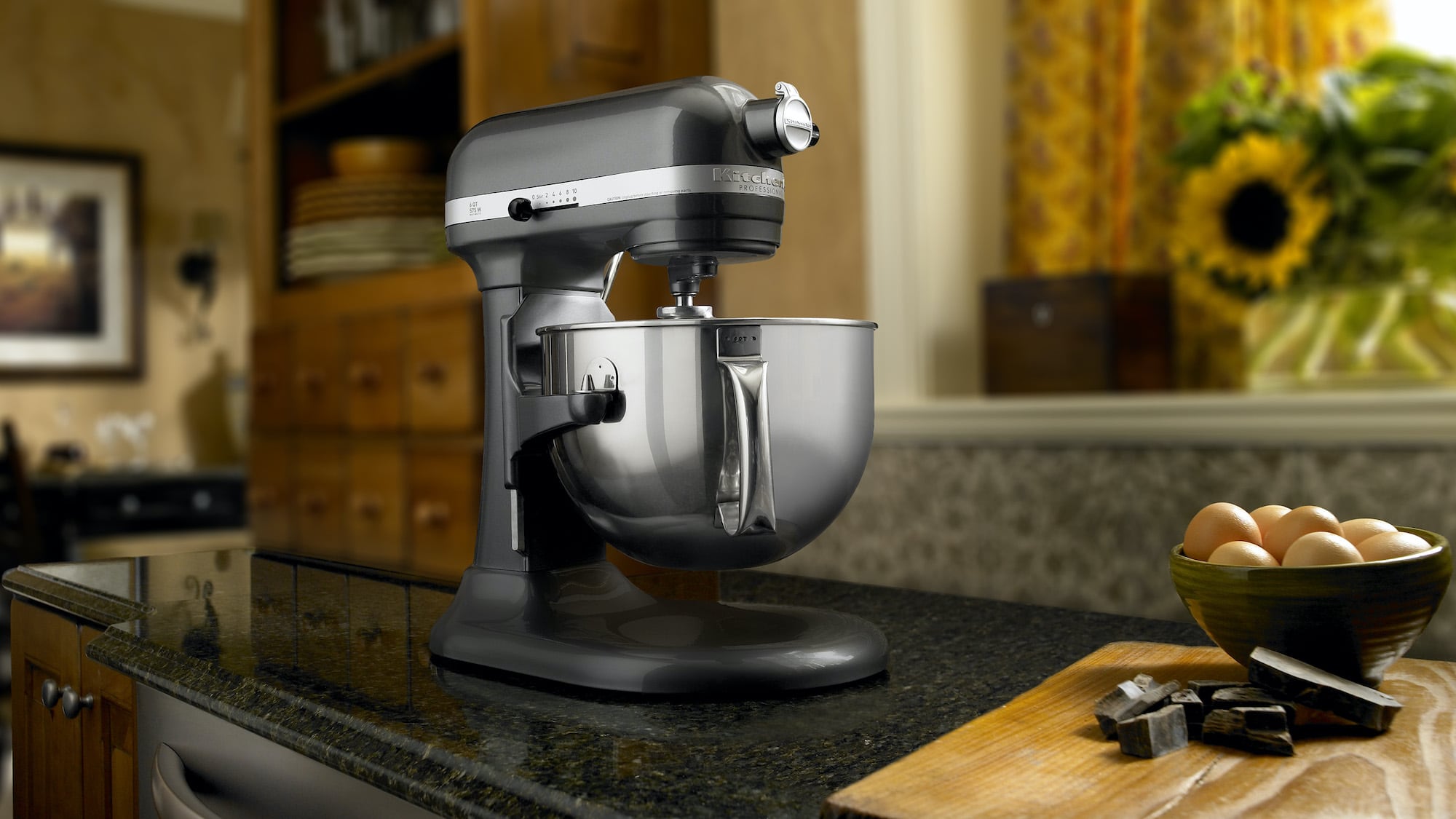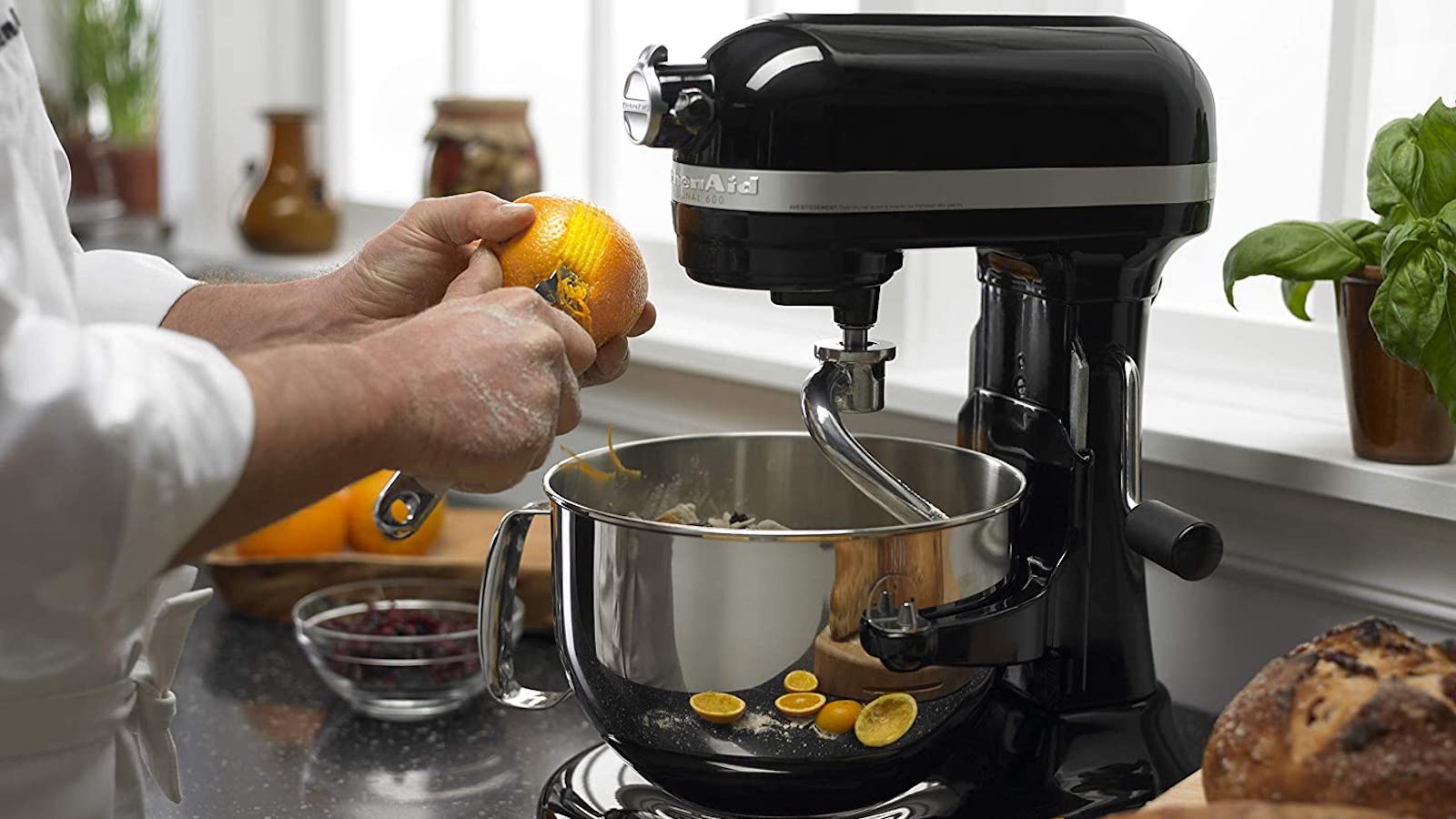Hey there, kitchen creators! It’s your resident expert from Stand Mixer Pro. Let’s talk about the unsung hero of your beloved stand mixer: the power cord. It’s easy to forget it’s there, quietly doing its job, until one day it isn’t. If you’re wondering How To Replace A Mixer Power Cord because yours is frayed, cracked, or has been the victim of a curious pet, you’ve come to the right place. A damaged cord isn’t just an inconvenience; it’s a safety hazard. But don’t despair! With a little patience and the right guidance, this is a repair many home bakers can tackle themselves, saving you time and money.
I remember the first time I had to do this on a vintage machine I was restoring. The cord was brittle and cracked from age, a ticking time bomb. The thought of rewiring it was a bit daunting, but breaking it down step-by-step made all the difference. In this guide, we’ll walk through that same process, empowering you to give your trusty kitchen appliance a new lease on life safely and effectively.
Why You Can’t Ignore a Damaged Power Cord
First things first, let’s get serious for a moment. A damaged power cord is not something to patch with electrical tape and hope for the best. It’s a major safety risk. Here’s why you need to address it immediately:
- Fire Hazard: Exposed or frayed wires can arc, creating sparks that can easily ignite nearby materials like a dish towel or flour dust.
- Electric Shock Risk: A compromised cord can expose you to a live current, which can cause serious injury. This risk increases tenfold in a kitchen environment where water is often present.
- Appliance Damage: An intermittent connection from a bad cord can cause power surges to your mixer’s motor, potentially leading to more extensive and expensive damage down the road.
Simply put, replacing a faulty cord protects you, your home, and your investment in a quality stand mixer.
Assessing Your DIY Skills: Can You Really Do This?
This is a crucial question to ask yourself. While learning how to replace a mixer power cord is a fantastic skill, it falls into the intermediate DIY category. It requires more than just screwing in a lightbulb.
You’re a good candidate for this DIY project if:
- You are comfortable using basic hand tools like screwdrivers and wire strippers.
- You have a basic understanding of electrical safety (i.e., you know that “unplug it first” is the golden rule).
- You are patient and can follow instructions carefully.
If you’re hesitant about working with wiring or feel unsure at any point, there is absolutely no shame in calling a professional appliance repair technician. Safety always comes first.
As our in-house appliance engineer, Maria Chen, always says, “The most important tool in any electrical repair is patience. Rushing is how you turn a simple fix into a new mixer purchase.”
Gearing Up: The Tools and Parts You’ll Need
Before you start unscrewing anything, let’s get your workstation prepped. Having everything on hand makes the process smooth and frustration-free.
Essential Tools & Supplies:
- Screwdrivers: You’ll likely need both a Phillips head and a flathead. A set with multiple sizes is ideal.
- Wire Strippers/Cutters: Essential for cutting the old cord and stripping the insulation off the new wires.
- Pliers: Needle-nose pliers are particularly helpful for maneuvering wires in tight spaces.
- Wire Connectors (Wire Nuts or Crimp Connectors): To securely connect the new cord’s wires to the mixer’s internal wiring.
- Digital Multimeter (Optional but Recommended): To test for continuity and ensure your connections are good.
- Your Phone’s Camera: Your best friend for documenting how everything was connected before you took it apart.
The Replacement Power Cord:
This is the most important part. You can’t just grab any cord. You need one that matches your mixer’s specifications.
- Wire Gauge (AWG): The wire must be thick enough to handle the mixer’s power draw. Check the old cord for markings (e.g., 16AWG or 18AWG). When in doubt, a lower gauge number (thicker wire) is safer. Most stand mixers use 16AWG or 18AWG 3-conductor wire.
- Plug Type: Make sure it’s the correct type for your region (e.g., a three-prong grounded plug for the US).
- Length: Choose a length that’s practical for your kitchen setup.
- Where to Buy: You can find replacement cords at hardware stores, electronic supply shops, or online by searching for your mixer’s model number plus “replacement power cord.” Brands like KitchenAid often sell official replacement parts.
A Step-by-Step Guide on How to Replace a Mixer Power Cord
Alright, tools ready? New cord in hand? Let’s dive in. We’ll use a KitchenAid Artisan mixer as a common example, but the principles apply to most brands like Kenwood or Cuisinart, though screw locations may vary.
- Safety First: UNPLUG THE MIXER!
I’m going to say it again. Make absolutely certain the stand mixer is unplugged from the wall outlet. This is the most critical step. Do not skip it. Do not assume it’s unplugged. Double-check. - Access the Internals
You need to open the mixer’s housing to get to the wiring. On many KitchenAid models, this involves:- Removing the single screw on the back decorative band.
- Sliding the band off.
- Removing the four or five screws on the back housing cover.
- Gently lifting the cover off. Be careful, as some wires may be attached to it.
- Document and Disconnect the Old Cord
Before you touch a single wire, take a clear picture with your phone. This photo will be your roadmap for reassembly.- Locate where the power cord enters the machine. You’ll see a strain relief clip holding it in place.
- Follow the wires from the cord to where they connect. Typically, you’ll see three wires:
- Black (Live/Hot): Connects to the speed control plate or a switch.
- White (Neutral): Connects to the motor.
- Green (Ground): Screwed directly to the metal frame of the mixer.
- Carefully disconnect these wires. They may be held by screws or push-in connectors.
- Remove the strain relief clip that holds the cord to the housing. You might need pliers to squeeze it together to release it.
- Pull the old, damaged cord completely out of the mixer.
- Prepare the New Cord
- If your new cord has pre-stripped ends, great! If not, use your wire strippers to remove about a half-inch (1.5 cm) of insulation from the black, white, and green wires, exposing the copper strands.
- Twist the exposed copper strands of each wire tightly with your fingers.
- Connect the New Wires
Referring to the picture you took, it’s time to connect the new cord. This is a simple color-matching game.- Feed the new cord through the opening in the mixer housing.
- Connect the Green (Ground) wire first. This is a critical safety feature. Secure it tightly to the same screw on the metal frame where the old one was.
- Connect the Black (Live) wire to its terminal.
- Connect the White (Neutral) wire to its terminal.
- Ensure all connections are tight and secure. A loose wire is a major hazard. Give each wire a gentle tug to confirm it’s firmly in place.

- Secure the Strain Relief
Don’t forget this step! The strain relief clip prevents the cord from being pulled out and stressing the electrical connections.- Position the new cord correctly in the housing cutout.
- Re-install the strain relief clip, ensuring it clamps down firmly on the outer sheath of the cord, not the individual wires.
- Reassembly and the Moment of Truth
- Carefully tuck the wires back inside, making sure none are pinched.
- Place the rear housing cover back on and secure it with its screws. Don’t overtighten them.
- Slide the decorative band back on and replace its screw.
- Take a deep breath. Plug the mixer into a wall outlet and turn it on to a low speed. If it powers on smoothly, congratulations! You’ve successfully learned how to replace a mixer power cord.
Frequently Asked Questions (FAQ)
Q: Where is the best place to buy a replacement power cord for my stand mixer?
A: You can often find official parts directly from the manufacturer’s website (like KitchenAid.com). Alternatively, reputable online appliance parts retailers and even Amazon carry compatible cords. Just be sure to match the wire gauge (AWG) and plug type.
Q: Can I use any generic power cord for the repair?
A: It’s not recommended. You must use a cord with the correct wire gauge (thick enough to handle the motor’s power) and a proper three-prong grounded plug. Using an undersized cord is a serious fire risk.
Q: My mixer has a 2-prong cord. Can I replace it with a 3-prong cord?
A: Yes, this is a great safety upgrade! When performing the replacement, you’ll connect the black and white wires as usual and securely attach the new green ground wire to a clean, unpainted spot on the metal chassis of the mixer.
Q: How much does it cost to have a professional replace a mixer power cord?
A: Costs can vary widely based on your location and the service center, but you can generally expect to pay between $75 to $150 for parts and labor. Doing it yourself typically costs less than $20 for the cord and supplies.
Q: I replaced the cord, but my mixer still doesn’t turn on. What now?
A: First, unplug it again and double-check your connections. If they are all secure, the problem may lie elsewhere, such as the speed control board, motor brushes, or the internal fuse. At this point, it may be best to consult a professional for further diagnosis.
A Job Well Done
Taking on a repair like this not only saves money but also builds confidence and a deeper appreciation for the incredible kitchen workhorse that is your stand mixer. You’ve extended its life and ensured it will be a safe and reliable partner for many future baking adventures. Now that you’ve mastered how to replace a mixer power cord, you can get back to what truly matters: creating delicious memories in the kitchen.
Have you ever done this repair yourself? Share your experience or ask any lingering questions in the comments below! We love hearing from our community at Stand Mixer Pro.